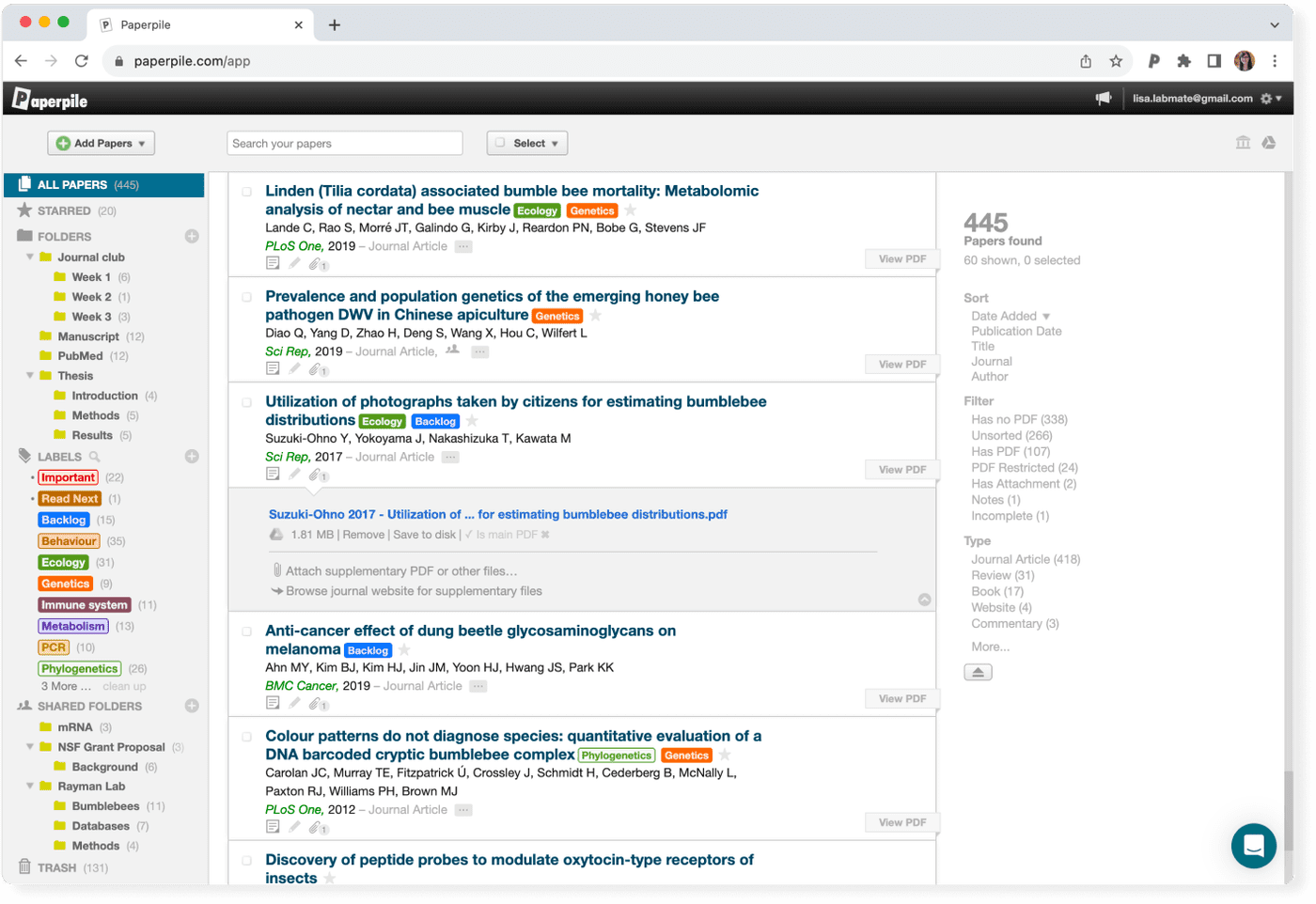
A literature review is an assessment of the sources in a chosen topic of research.
A good literature review does not just summarize sources. It analyzes the state of the field on a given topic and creates a scholarly foundation for you to make your own intervention. It demonstrates to your readers how your research fits within a larger field of study.
In a thesis, a literature review is part of the introduction, but it can also be a separate section. In research papers, a literature review may have its own section or it may be integrated into the introduction, depending on the field.
➡️ Our guide on what is a literature review covers additional basics about literature reviews.
Literature review quick guideIn this section, we review each step of the process of creating a literature review.
In the first step, make sure you know specifically what the assignment is and what form your literature review should take. Read your assignment carefully and seek clarification from your professor or instructor if needed. You should be able to answer the following questions:
In addition to that, be aware that the narrower your topic, the easier it will be to limit the number of sources you need to read in order to get a good overview of the topic.
Now you need to find out what has been written on the topic and search for literature related to your research topic. Make sure to select appropriate source material, which means using academic or scholarly sources, including books, reports, journal articles, government documents and web resources.
➡️ If you’re unsure about how to tell if a source is scholarly, take a look at our guide on how to identify a scholarly source.
Come up with a list of relevant keywords and then start your search with your institution's library catalog, and extend it to other useful databases and academic search engines like:
➡️ Our guide on how to collect data for your thesis might be helpful at this stage of your research as well as the top list of academic search engines.
Once you find a useful article, check out the reference list. It should provide you with even more relevant sources. Also, keep a note of the:

Keeping track of the bibliographic information for each source will save you time when you’re ready to create citations. You could also use a reference manager like
Read the literature. You will most likely not be able to read absolutely everything that is out there on the topic. Therefore, read the abstract first to determine whether the rest of the source is worth your time. If the source is relevant for your topic:
Now you are ready to analyze the literature you have gathered. While your are working on your analysis, you should ask the following questions:
Literature analysis key questionsTip: Decide on the structure of your literature review before you start writing.
There are various ways to organize your literature review:
Regardless of the structure you chose, a review should always include the following three sections:
➡️ If your literature review is part of a longer paper, visit our guide on what is a research paper for additional tips.
The goal of a literature review is to asses the state of the field on a given topic in preparation for making an intervention.
🧗 In what section of my paper should I add a literature review?
A literature review should have its own independent section. You should indicate clearly in the table of contents where it can be found, and address this section as “Literature Review.”
🏃🏿♂️ What is the average length of a literature review?
There is no set amount of words for a literature review; the length depends on the research. If you are working with a large amount of sources, then it will be long. If your paper does not depend entirely on references, then it will be short.
🐾 Do I have to include a literature review in my paper?
Most research papers include a literature review. By assessing the available sources in your field of research, you will be able to make a more confident argument about the topic.
🥨 What type of papers include literature reviews?
Literature reviews are most commonly found in theses and dissertations. However, you find them in research papers as well.